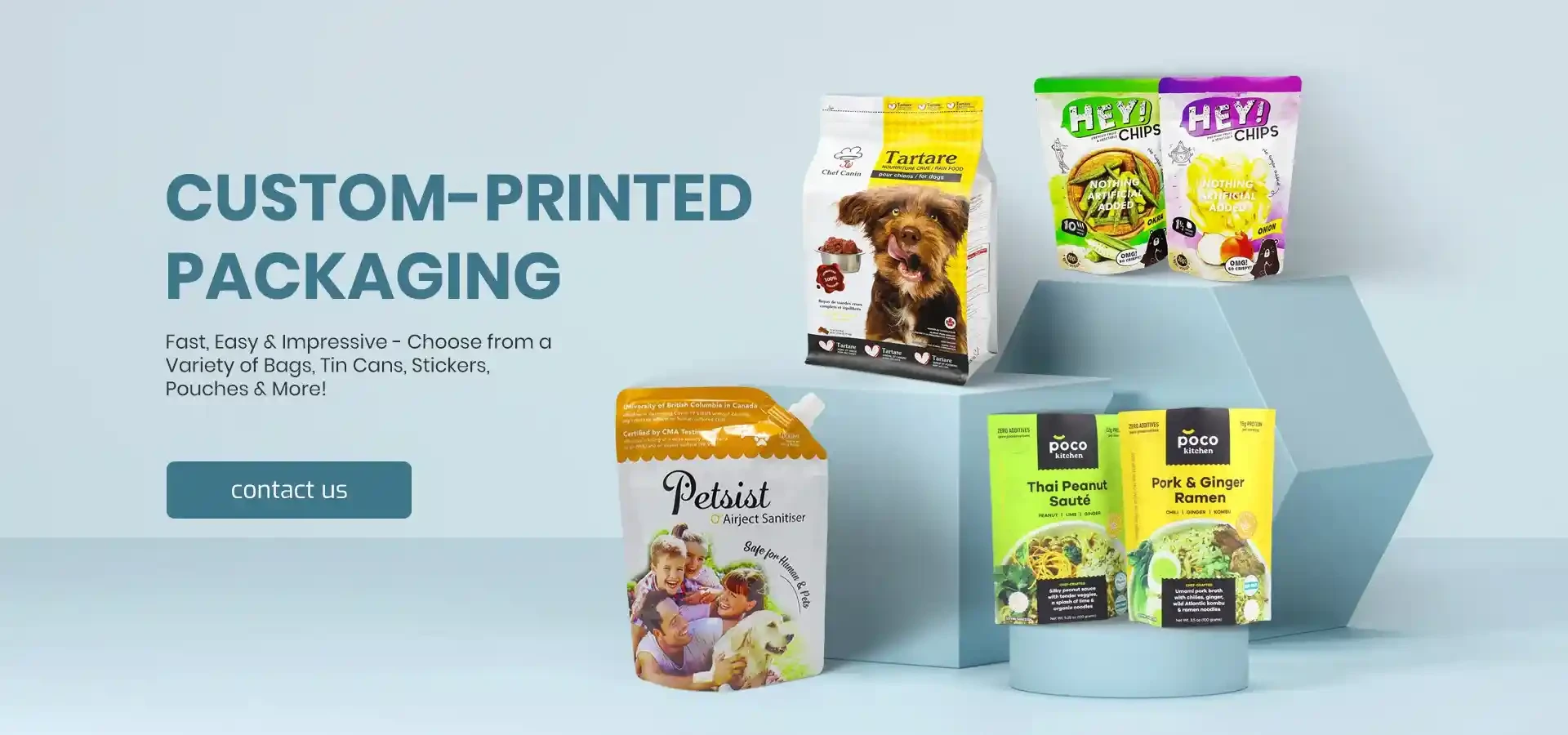- Afrikaans
- Albanian
- Amharic
- Arabic
- Armenian
- Azerbaijani
- Basque
- Belarusian
- Bengali
- Bosnian
- Bulgarian
- Catalan
- Cebuano
- chinese_simplified
- chinese_traditional
- Corsican
- Croatian
- Czech
- Danish
- Dutch
- English
- Esperanto
- Estonian
- Finnish
- French
- Frisian
- Galician
- Georgian
- German
- Greek
- Gujarati
- haitian_creole
- hausa
- hawaiian
- Hebrew
- Hindi
- Miao
- Hungarian
- Icelandic
- igbo
- Indonesian
- irish
- Italian
- Japanese
- Javanese
- Kannada
- kazakh
- Khmer
- Rwandese
- Korean
- Kurdish
- Kyrgyz
- Lao
- Latin
- Latvian
- Lithuanian
- Luxembourgish
- Macedonian
- Malgashi
- Malay
- Malayalam
- Maltese
- Maori
- Marathi
- Mongolian
- Myanmar
- Nepali
- Norwegian
- Norwegian
- Occitan
- Pashto
- Persian
- Polish
- Portuguese
- Punjabi
- Romanian
- Russian
- Samoan
- scottish-gaelic
- Serbian
- Sesotho
- Shona
- Sindhi
- Sinhala
- Slovak
- Slovenian
- Somali
- Spanish
- Sundanese
- Swahili
- Swedish
- Tagalog
- Tajik
- Tamil
- Tatar
- Telugu
- Thai
- Turkish
- Turkmen
- Ukrainian
- Urdu
- Uighur
- Uzbek
- Vietnamese
- Welsh
- Bantu
- Yiddish
- Yoruba
- Zulu
paper texture types
Exploring Paper Texture Types A Comprehensive Overview
When it comes to the world of paper, texture is an essential aspect that can dramatically influence the perception and functionality of a variety of printed materials. Whether it's for artistic projects, professional presentations, or crafting, understanding different paper texture types is vital. This article delves into the various textures of paper, their characteristics, and their applications.
1. Smooth Paper
Smooth paper is one of the most common texture types that one can encounter. Characterized by its uninterrupted surface, this type of paper is typically used for printing documents, correspondence, and brochures. The lack of texture lends itself to a clean and polished look, making it easy to read and providing excellent print quality. Common examples include bond paper and most types of copy paper. Smooth paper is ideal for printing high-resolution images, as it can capture intricate details without any interference.
2. Laid Paper
Laid paper has a distinctive texture that is both aesthetic and functional. Its surface features visible lines that are created during the papermaking process, lending a classical and luxurious feel. Laid paper is often used for official documents, letterheads, and fine stationery. The texture enhances the tactile experience, making it a preferred choice for those who value traditional craftsmanship. Furthermore, the texture can add depth to printed designs, making it a popular option for artistic prints and invitations.
3
. Textured PaperTextured paper comes in various forms, such as linen, canvas, and other embossed surfaces. These papers have a raised pattern that can add a tactile element to any project. Textured paper is often used for upscale invitations, greeting cards, and portfolios. The unique surface draws the eye and can make printed materials more engaging. For artists and designers, working with textured paper can inspire creativity and innovation in their projects.
paper texture types

4. Recycled Paper
Recycled paper may not conform to specific textures, but it often has a more irregular and natural look. This type of paper is made from post-consumer waste, giving it a slightly rough texture that is both eco-friendly and aesthetically pleasing. While some may consider the texture less polished compared to smoother options, recycled paper appeals to consumers valuing sustainability. It’s frequently used in craft projects, packaging, and everyday stationery, providing a rustic charm and promoting environmental consciousness.
5. Glossy Paper
Glossy paper, as the name suggests, features a shiny and reflective surface. This texture type is particularly well-suited for photographs and high-quality prints, as it enhances color vibrancy and depth. Commonly used in magazines and photo books, glossy paper attracts attention due to its bright finish. However, it is essential to note that glossy surfaces can sometimes lead to glare, which might be unfavorable in certain lighting conditions.
6. Matte Paper
In contrast to glossy paper, matte paper has a non-reflective, smooth finish. It is popular for presentations and flyers, allowing for easy readability without any glare. Matte paper offers a more subdued aesthetic, which can evoke a sense of sophistication. Additionally, it is often preferred for writing and drawing since it tends to grip ink and other mediums better than glossy surfaces.
Conclusion
The texture of paper can significantly impact how a message is conveyed and the overall experience of the audience. From the smooth and polished feel of standard copy paper to the artistic possibilities presented by textured and recycled options, the choices are abundant. Understanding these different paper texture types can enhance decisions in design, printing, and crafting, ultimately leading to more effective communication and artistic expression. In a world where tactile experience can influence perception, the texture of paper is an essential consideration for anyone working with printed materials.













